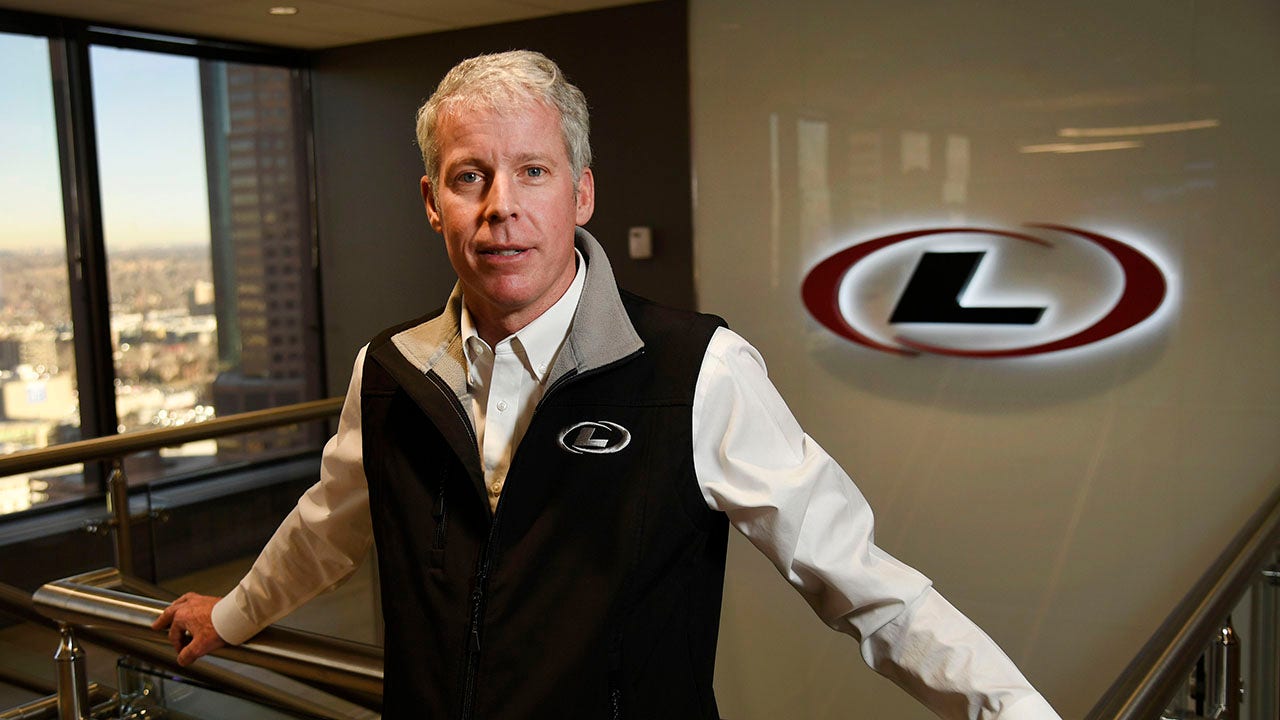US medicines regulators have rejected a bid to get schedule-1 drug MDMA, better known as the party drug ecstasy, approved as a treatment for post-traumatic stress disorder, marking a significant setback for the nascent psychedelics sector.
The US Food and Drug Administration issued Lykos Therapeutics, the biotech behind the treatment, with a notice known as a “complete response letter” asking the company to carry out costly fresh phase-three trials because of concerns over the way the original studies had been conducted.
Lykos said in a statement on Friday that the agency’s concerns “echo” those raised by a panel of outside experts convened by the regulator in June. The FDA advisory committee voted overwhelmingly against approving the treatment which combined MDMA with therapy, citing concerns over the way Lykos’s clinical trials had been designed.
The FDA said “there are significant limitations to the data contained in the application that prevent the agency from concluding that this drug is safe and effective for the proposed indication”.
Carrying out fresh late-stage trials is likely to cost Lykos tens of millions of dollars, forcing it to raise more money from investors or putting its decades-long efforts to get MDMA approved as a PTSD treatment in peril. Lykos is the for-profit offshoot of a psychedelic advocacy group dating back to the 1980s.
The FDA advisory committee in June pointed to struggles with ensuring that trial participants did not know they were on the drug to avoid results bias, undermining Lykos’s claim that the study had been “double-blinded”. The panel voted nine to two that the data did not prove MDMA-assisted therapy was an effective PTSD treatment, and voted 10 to one that the treatment’s benefits did not outweigh the risks.
Possible cardiovascular risks associated with MDMA, as well as concerns about the study being corrupted by psychedelic advocacy by some of the therapists, were highlighted by the FDA panel, as well as failure to collect data on long-term abuse issues caused by the drug.
“The FDA request for another study is deeply disappointing, not just for all those who dedicated their lives to this pioneering effort, but principally for the millions of Americans with PTSD, along with their loved ones, who have not seen any new treatment options in over two decades,” said Amy Emerson, Lykos’s chief executive.
About 13mn Americans, or around 3.5 per cent of US adults, suffer from PTSD, according to official statistics. PTSD sufferers, many of who are military veterans, have benefited from scant new treatments in recent years.
Lykos questioned the conduct of the FDA panel “including the limited number of subject matter experts on the panel and the nature of the discussion, which at times veered beyond the scientific content in the briefing documents” in its statement released on Friday.
The company said that it planned to request a meeting with the FDA to ask it to reconsider its decision and to seek recommendations from the agency about the best way to go about resubmitting data. Lykos previously carried out two phase-three trials into the effectiveness of MDMA as a PTSD treatment.




















/cdn.vox-cdn.com/uploads/chorus_asset/file/25822586/STK169_ZUCKERBERG_MAGA_STKS491_CVIRGINIA_A.jpg)

/cdn.vox-cdn.com/uploads/chorus_asset/file/25821992/videoframe_720397.png)



